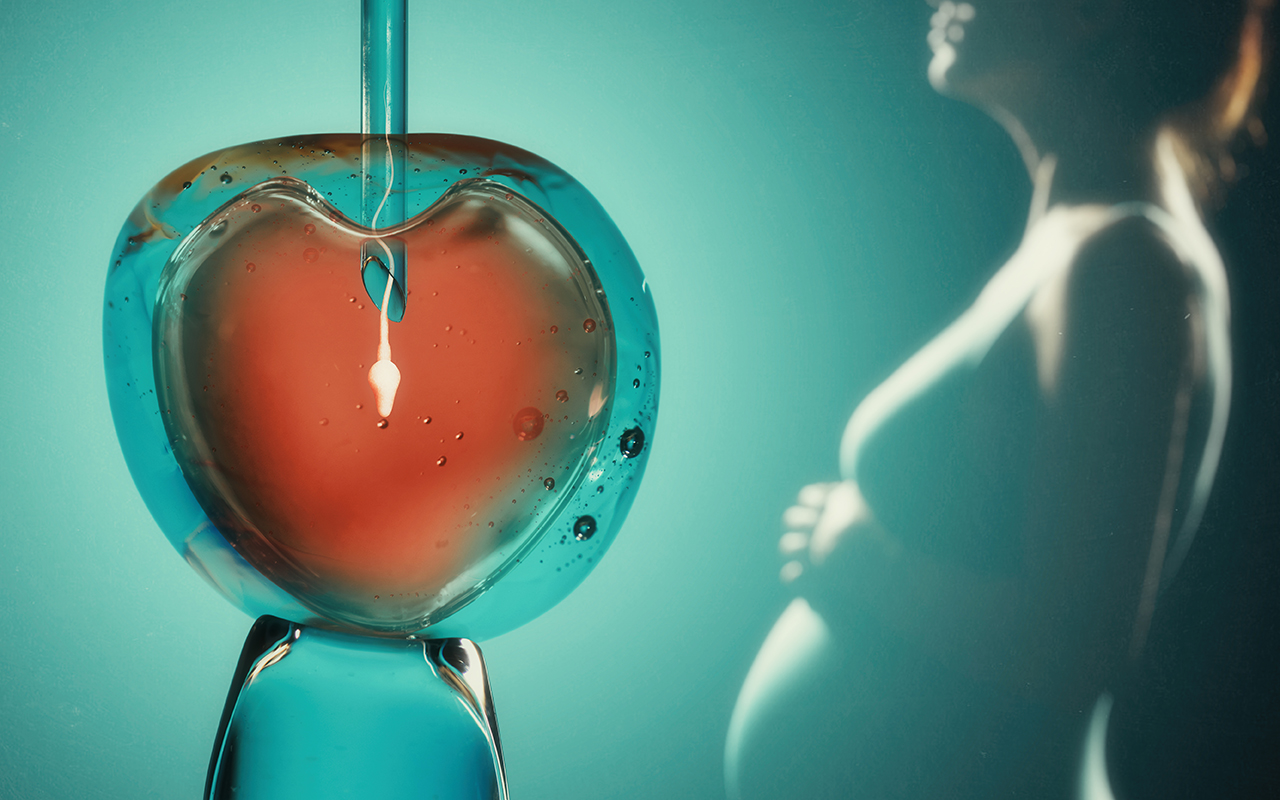VICTORIAN researchers have delivered reassuring news for women undergoing fertility therapy, with results showing neither all-cause nor cardiovascular disease mortality was higher for them than for the general population.
Dr Stephanie Yiallourou, from Baker Heart and Diabetes Institute and Monash University, told InSight+ that fertility treatment can lead to the development of ovarian hyperstimulation syndrome (OHSS), which can occur in up to 2% of women. Though new stimulation protocols have seen a sharp decrease in the number of women who experience severe OHSS, it can be associated with adverse cardiovascular consequences, with women requiring hospitalisation for observation and supportive management.
“There are also other indirect effects. Women who undergo [in vitro fertilisation (IVF)] have increased risk of pregnancy complications – things like developing preeclampsia and having multiple births,” Dr Yiallourou said.
“We know that preeclampsia, for instance, where blood pressure is significantly elevated during pregnancy, can increase the risk of cardiovascular disease (CVD) later in life, and it may also affect the offspring.”
In research published in the MJA today, Dr Yiallourou and colleagues reported that “CVD mortality has not been investigated in Australian women who have undergone fertility treatment, and long term CVD health data for older women (60 years or older), at particular risk of CVD and major coronary events, are also limited”.
Yiallourou and colleagues analysed data from 44 149 women registered for fertility treatment at Monash between 1 January 1975 and 1 January 2014, followed until 31 December 2018, linked with National Death Index mortality data.
“After adjustment for age, both all-cause (standardised mortality rate [SMR], 0.58; 95% CI, 0.54–0.62) and CVD mortality (SMR, 0.41; 95% CI, 0.32–0.53) were lower than for the general female population,” they reported.
“All-cause mortality was similar for women registered with Monash IVF who did (SMR, 0.55; 95% CI, 0.50–0.60) or did not undergo fertility treatment (SMR, 0.63; 95% CI, 0.56–0.70).
“The SMR was lowest for both treated and untreated women in the fifth [Index of Relative Socioeconomic Disadvantage] quintile (least disadvantage), but the difference was statistically significant only for untreated women.
“CVD mortality was lower for registered women who underwent fertility treatment (SMR, 0.29; 95% CI, 0.19–0.43) than for those who did not (SMR, 0.58; 95% CI, 0.42–0.81).”
Dr Yiallourou acknowledged that the study was limited by the characteristics of women who registered for fertility treatment.
“The women who register for fertility therapy differ from the general population,” she told InSight+.
“They generally have higher socio-economic status, higher levels of education, generally a higher health status as well. It’s possible this is what is driving these lower number of deaths in the registered women.”
Another limitation of the study was the age of the dataset, she said.
“The problem with using older data is that a lot of the additional information on confounding variables was not collected at the time, such as diabetic status and whether or not the women were hypertensive.
“So unfortunately, in this study, we were unable to adjust for a lot of those confounding biases that may affect the outcome.
“For future research we need to start collecting that information, so we can do a fully adjusted analysis.”
Subscribe to the free InSight+ weekly newsletter here. It is available to all readers, not just registered medical practitioners.

 more_vert
more_vert